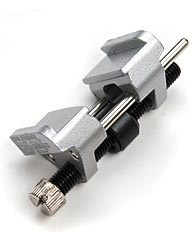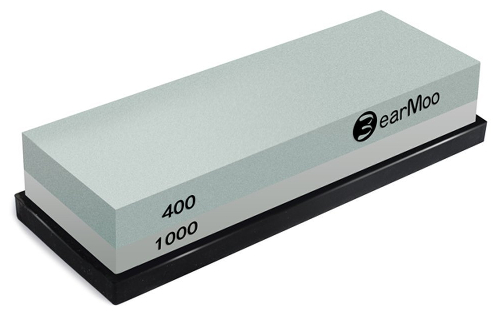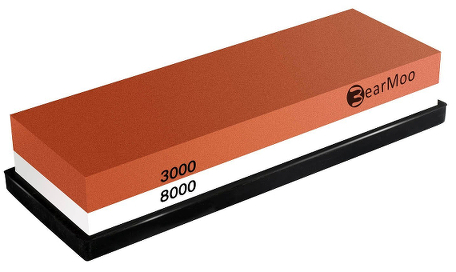ScaredyCat
Established Member
Full disclosure: I was offered this DVD at no cost to myself in exchange for an honest review.
The Internet is a wonderful place, there's a wealth of information for people wanting to learn a new skill. The problem is, as a beginner, there's no way to tell who knows what they're talking about and who doesn't. Bad advice is worse than no advice. The only way to be sure you're getting good advice is to get it from someone who depends on those skills day in and day out. Even better if you can find a Master Craftsman to teach you.
How lucky we are that we have one then.
I'm new to woodworking and there's a thread I started where I'm trying to establish if I have a badly sharpened chisel, just a bad chisel or a lack of skill. So I was pleased to be offered the chance to watch "Chisel and Plane Sharpening" by Peter Sefton. This is DVD 4 is a series of 5 taking you through timber selection, preparation, grinding, sharpening and hand plane use and selection. I opted for the digital download version because I have a fast Internet connection (it's around 5GB to download) and I was eager to get my hands on it. I think I'd ordinarily opt for the actual DVD because I like having a physical thing rather than a digital one - strange for a software developer perhaps. Cost is £18.99 for the digital download version and £19.99 for the DVD. The video played with no issues using VLC or Quicktime on my Mac and playback works fine under Windows and Linux too. The runtime is 2 hours, 21 minutes (and 55 seconds).
The production values are great both the video and audio are clear with copious use of close up shots where required. Presentation feels like a one to one lesson rather than being "talked at" and there's a nice bit of history thrown in at various stages.
The crucial thing about any training video is the imparted knowledge. Peter takes you through the process of sharpening chisels and planes, explains the different types of stones and films that you can use to do so. There's a nice section on testing how sharp your chisel is without having to shave your arm and how to check your plane by looking at the shavings generated. The video is split into seven sections, the first five are background and introductory information, such as how to go about flattening chisel backs. The last two cover the sharpening, chisel first then plane.. There are some interesting snippets of information, for example, I wouldn't have known that some chisel manufacturers put a laquer on the back of their chisels to prevent rust or that you need to remove it before you start.
I really liked the explanation of the chisel steels what sort of prices you'd pay for the different types and the pros and cons of each with a good explanation of the benefit of flat lands for nice, tidy dovetail work. There's a good emphasis on getting consistency with your sharpening regardless of the system you use and there's no pressure to upgrade to expensive equipment. Indeed in the summary Peter says "All of these systems work, the main thing is to get a system and work with it...".
Unlike some training videos there's no hard sell here. The video isn't Peter trying to sell you stuff from his shop, it's Peter giving you information you need to get on with sharpening your tools and doing the thing you want - woodworking. I came away from the video feeling that I'd learned a lot and actually that Peter would be an interesting chap to have a conversation with. He seems very down to earth.
Of course the proof of the pudding is in the eating, and as some of you are already aware, I went from this:
(sorry for quality of the first picture)
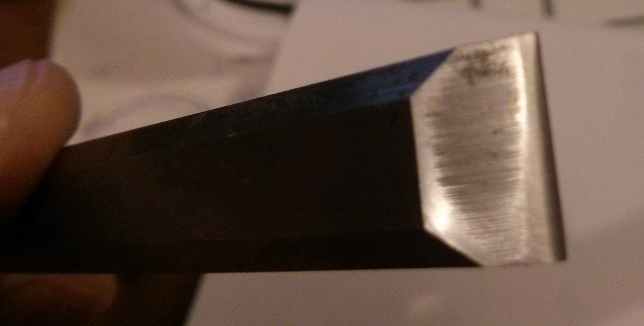
to this:
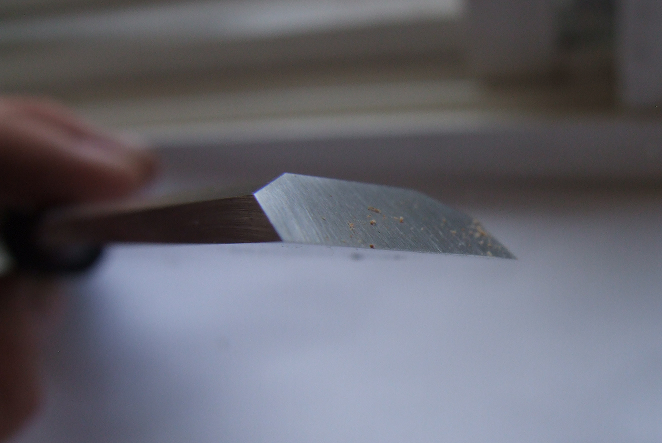
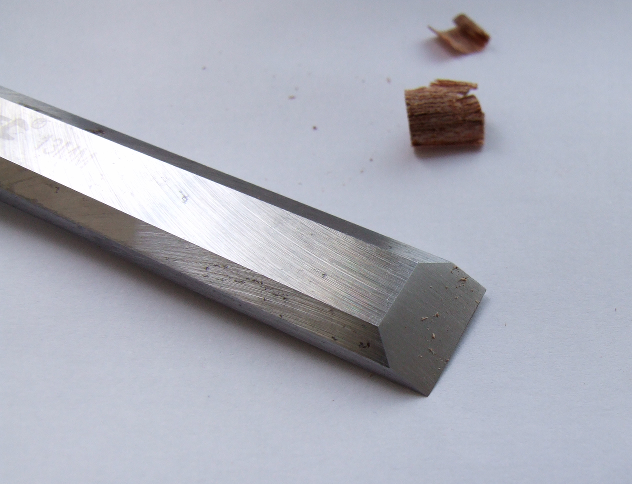
Which demonstrates that I did actually learn something, the chisel is fine and I lacked the talent.
If you're new to using hand tools then I'd thoroughly recommend this DVD.

The Internet is a wonderful place, there's a wealth of information for people wanting to learn a new skill. The problem is, as a beginner, there's no way to tell who knows what they're talking about and who doesn't. Bad advice is worse than no advice. The only way to be sure you're getting good advice is to get it from someone who depends on those skills day in and day out. Even better if you can find a Master Craftsman to teach you.
How lucky we are that we have one then.
I'm new to woodworking and there's a thread I started where I'm trying to establish if I have a badly sharpened chisel, just a bad chisel or a lack of skill. So I was pleased to be offered the chance to watch "Chisel and Plane Sharpening" by Peter Sefton. This is DVD 4 is a series of 5 taking you through timber selection, preparation, grinding, sharpening and hand plane use and selection. I opted for the digital download version because I have a fast Internet connection (it's around 5GB to download) and I was eager to get my hands on it. I think I'd ordinarily opt for the actual DVD because I like having a physical thing rather than a digital one - strange for a software developer perhaps. Cost is £18.99 for the digital download version and £19.99 for the DVD. The video played with no issues using VLC or Quicktime on my Mac and playback works fine under Windows and Linux too. The runtime is 2 hours, 21 minutes (and 55 seconds).
The production values are great both the video and audio are clear with copious use of close up shots where required. Presentation feels like a one to one lesson rather than being "talked at" and there's a nice bit of history thrown in at various stages.
The crucial thing about any training video is the imparted knowledge. Peter takes you through the process of sharpening chisels and planes, explains the different types of stones and films that you can use to do so. There's a nice section on testing how sharp your chisel is without having to shave your arm and how to check your plane by looking at the shavings generated. The video is split into seven sections, the first five are background and introductory information, such as how to go about flattening chisel backs. The last two cover the sharpening, chisel first then plane.. There are some interesting snippets of information, for example, I wouldn't have known that some chisel manufacturers put a laquer on the back of their chisels to prevent rust or that you need to remove it before you start.
I really liked the explanation of the chisel steels what sort of prices you'd pay for the different types and the pros and cons of each with a good explanation of the benefit of flat lands for nice, tidy dovetail work. There's a good emphasis on getting consistency with your sharpening regardless of the system you use and there's no pressure to upgrade to expensive equipment. Indeed in the summary Peter says "All of these systems work, the main thing is to get a system and work with it...".
Unlike some training videos there's no hard sell here. The video isn't Peter trying to sell you stuff from his shop, it's Peter giving you information you need to get on with sharpening your tools and doing the thing you want - woodworking. I came away from the video feeling that I'd learned a lot and actually that Peter would be an interesting chap to have a conversation with. He seems very down to earth.
Of course the proof of the pudding is in the eating, and as some of you are already aware, I went from this:
(sorry for quality of the first picture)

to this:


Which demonstrates that I did actually learn something, the chisel is fine and I lacked the talent.
If you're new to using hand tools then I'd thoroughly recommend this DVD.




